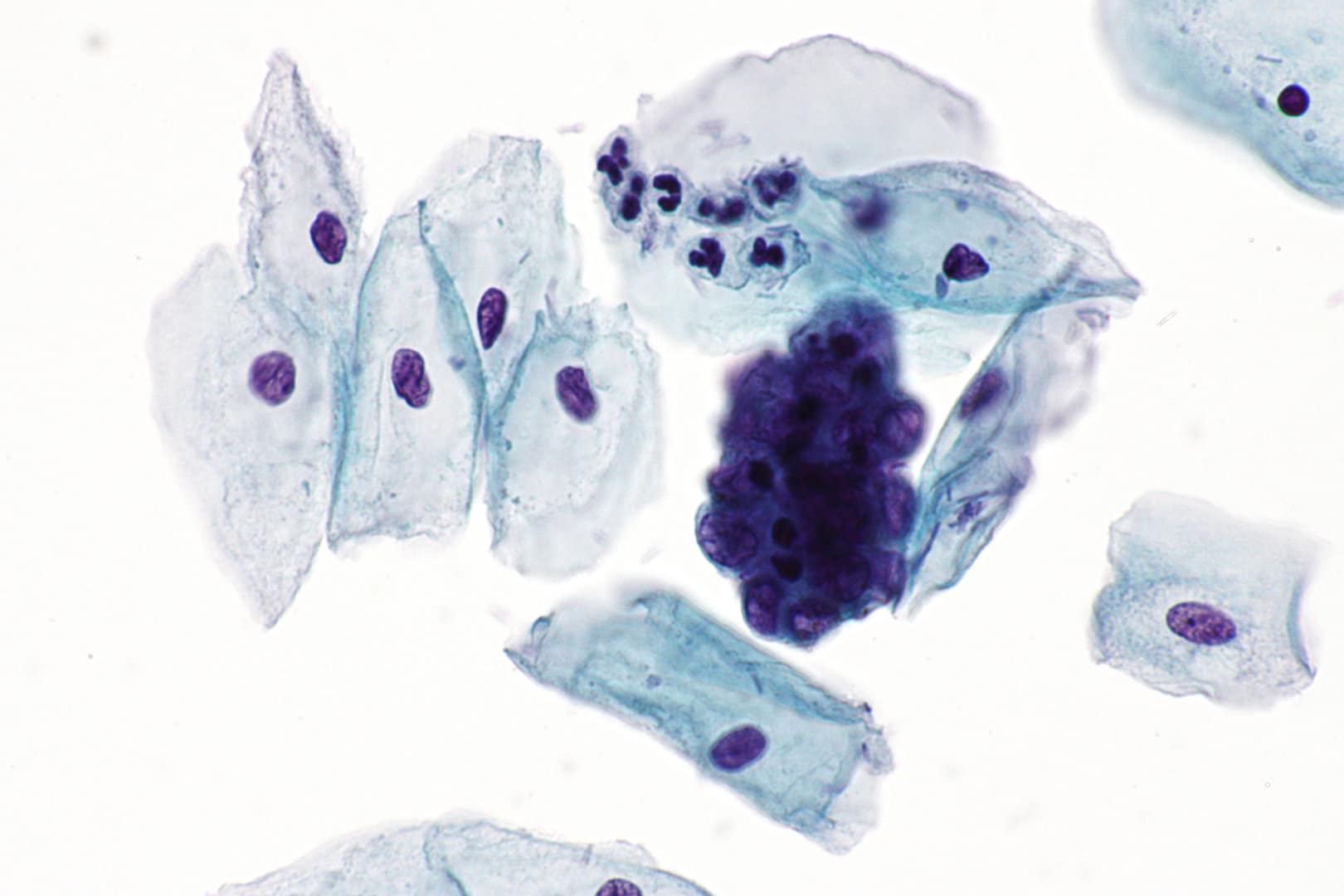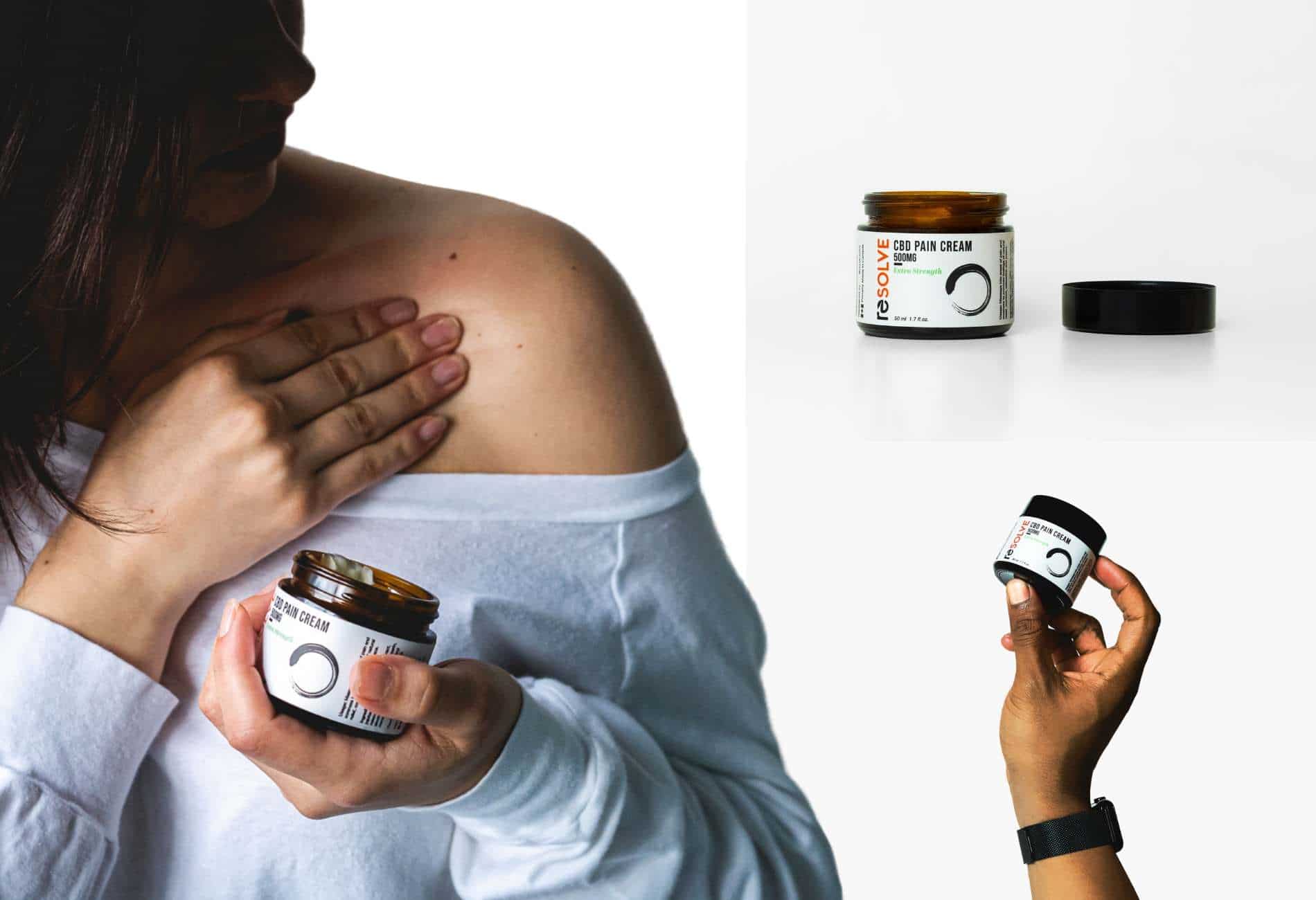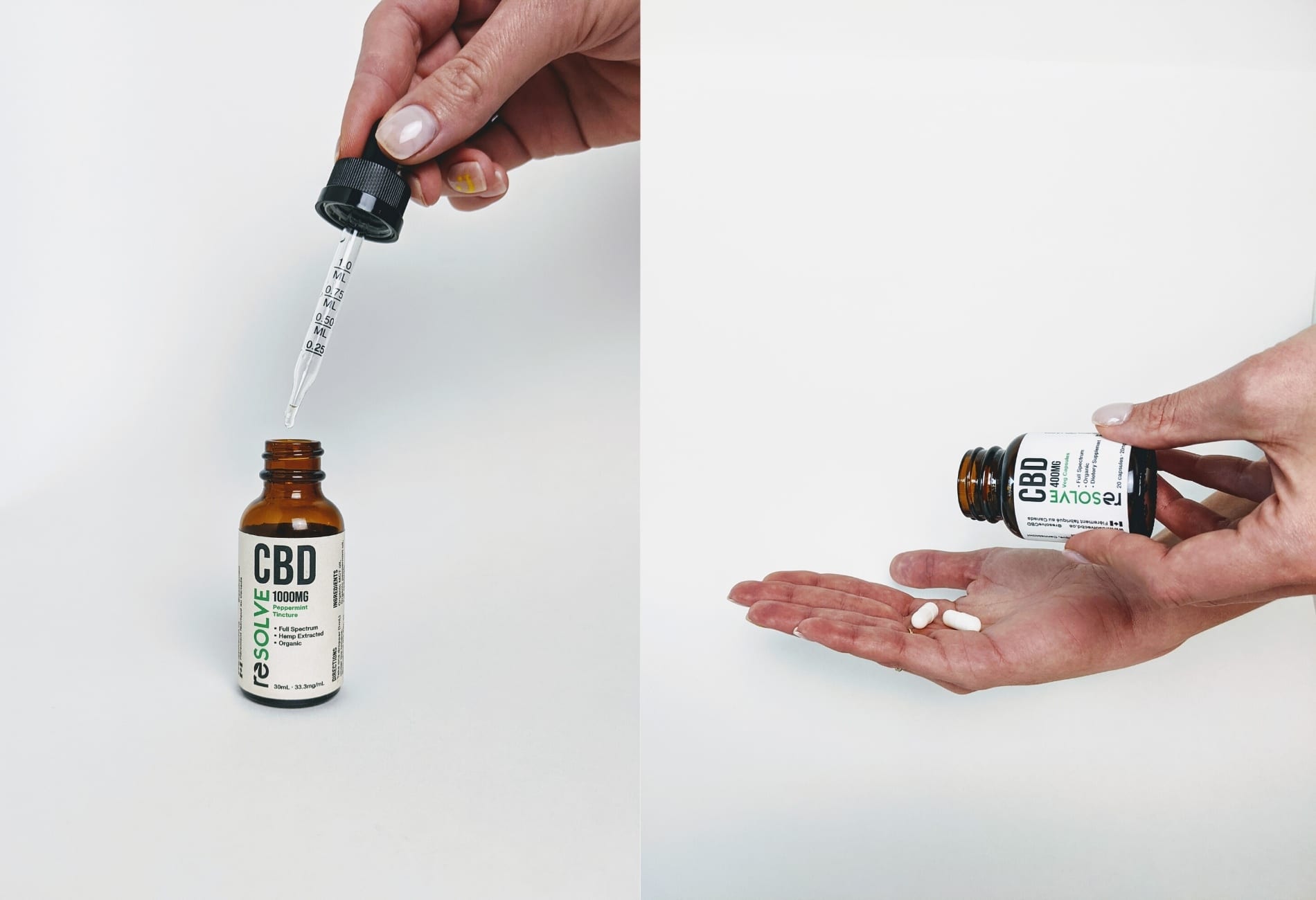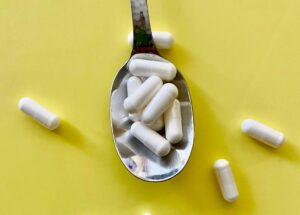CBD, menstrual cramps, and endometriosis
Reading Time: 5 minutes
The menstrual cycle is the time of the month that most women dread. Though it’s a natural part of the body’s physiological process, it often comes with unpleasant or unwanted symptoms. Period symptoms vary depending on the person. Some experience little to no symptoms at all, while for others it can be severe; especially when dealing with cases like endometriosis. There are many ways to go about treatment depending on the symptom; many simply opt for an over-the-counter painkiller. However, there are multiple ways to treat this pain that are more natural. CBD has been found to reduce and combat many of the symptoms that are typically attributed to periods as well as endometriosis symptoms. If you are interested in the relationship between CBD oil and menstrual cramps, then you’ve come to the right place.
Contents
Can CBD help with period symptoms?
When you menstruate, your body discards the monthly buildup of the lining of your uterus. Menstrual blood and tissue flow from your uterus through the small opening in your cervix and pass out of your body through your vagina. Menstrual pain is one of the few discomforts that indicate that your body is working the way it’s supposed to. That knowledge, however, doesn’t lessen the irritating reoccurrence of this pain.
Menstrual pain is most commonly associated with period cramps. During the menstrual period, the uterus contracts to help expel its lining. Hormonelike substances (prostaglandins) involved in the pain and inflammation trigger uterine muscle contractions. In addition to those cramps, many people also experience weakness of the body, dizziness, mood swings and acute back pain.

CBD can help with many of these symptoms including cramping, back pain and mood changes. Adding CBD oil to your drink for example can be a hassle-free way to incorporate CBD into your diet. A few drops of CBD can help alleviate cramps by reducing the inflammation that is associated with the pain. It can also help relieve any stress or tension that you might be feeling. This means that CBD can lessen the effect of premenstrual syndrome (PMS) whether it appears before, during, or after your period.
CBD Topicals to the rescue! feat. Tara from mystyledlife.ca
You can also apply CBD topically in the form of balms, creams, or salves. This may be a better alternative for you if you’re averse to the taste of CBD oil, or if you are experiencing localized pain you want to combat, such as lower back or abdominal pain. You can rub the balm, cream, or salve into the skin around your abdomen, groin, or lower back to help target the exact area where the pain is acute.
Our brand partner Tara provides daily style inspiration on Instagram along with offering many professional services like product branding strategy. In addition, she writes about how she makes her styled life work. Recently she wrote about her experience using our pain cream to deal with these types of pain. In her own words: “I apply their CBD pain cream topically as soon as I feel the pain coming on and it works like a charm.”
Can CBD help with endometriosis symptoms?
Endometriosis is the abnormal growth of cells that is similar to those that line the womb. The condition affects 1 in 10 women of reproductive age worldwide. Science has yet to understand exactly why it happens, but the condition causes endometrial tissue to grow outside the uterus, gathering around nearby pelvic organs like the fallopian tubes, ovaries, bladder, and bowel. When a person goes through their menstrual cycle and begins bleeding, the excess endometrial cells begin to do the same. The trouble is that, unlike the uterine lining that exits the body during a normal menstrual cycle, the endometrial cells don’t have a way to exit. This causes extreme pain, increased inflammation, and in some cases, the formation of scar tissue. This is not always the case, though some people will experience severe pain and excessive bleeding during their period.

So, what about CBD and endometriosis pain? CBD’s ability to effectively combat the pain that endometriosis causes is very similar to how it works for ordinary period pain. However, it has been suggested that the marijuana plant’s therapeutic potential extends further than pain management, but instead could limit the spread of endometrial cells throughout the body. The explanation is that, similar to cancer, endometrial cells stubbornly refuse to die. They instead migrate to other parts of the human body. When the endocannabinoid system (ECS) – the system which CBD primarily operates within – functions optimally, it should be able to provoke a process called apoptosis (cell death) to prevent unwanted cell proliferation. Since endometriosis causes cells to run amuck, bolstering the ECS and its functions may help trigger apoptosis.
There is much anecdotal evidence that CBD oil helps endometriosis patients relieve their pain. This may be due to the fact that CBD activates the TRPV1 vanilloid receptor, which can be overly responsive in those who suffer from endometriosis. TRPV1 is a gated ion channel that typically causes pain when stimulated. Cannabidiol stimulates the TRPV1 receptor, which then desensitizes it. Once the TRPV1 receptors are stimulated it no longer responds. In this way, it treats the pain by quieting the receptor.
How much CBD should I use for the period/endometriosis symptoms I want to treat?
A one-size-fits-all dosage for CBD doesn’t exist. In other words, CBD doesn’t have an official serving size. Since CBD acts on 60 different molecular pathways, it has a very complex relationship with the body and brain. Additionally, everyone has their own unique set of factors that they need to consider. However, there are dosage recommendations that you can follow if you need a place to start.
Nonetheless, you should consider your own circumstances when making dosing decisions. There are several variables that you should consider such as the potency of the product, the bioavailability of the product, any prior experience you may have had with CBD, your weight, your metabolism, the severity of your condition, and other medication you’re currently taking both for the said condition and otherwise. The best advice to follow is to take it slow: Start with a lower dosage and gradually increase it as needed.
What are the benefits of CBD over traditional treatments?
Both traditional medicine and CBD have their advantages depending on the person and the ailment. However, CBD certainly has its fair share of benefits over traditional medicine. First of all, CBD is a natural alternative. Your body already produces endocannabinoids, so you are not putting anything foreign into it.

Further, CBD is less likely to cause adverse side effects because pharmaceutical medicine is produced using synthetic chemicals. Some side effects of prescription medication may be the exact symptoms of the issue you are attempting to combat. For instance, some medication causes nausea and drowsiness, which also happen to be a symptom of menstrual periods.
Conclusion
As you can see, CBD can be a great option for menstrual period pain whether that pain results in cramps or mood swings. It can also help those who suffer from endometriosis. There are many benefits of opting for CBD products over traditional over-the-counter medicine. However, it is important to remember that you should always speak to your doctor when considering any new treatment plan, including CBD. Because your doctor has a comprehensive understanding of your medical history and your needs, they will work with you to come up with a solution that’s right for you.
Written by Rahaf Khalil
Edited by Drenica Bytyci
DISCLAIMER: Information and products presented by resolveCBD are not intended to diagnose, treat, cure, or prevent any disease or ailment, nor is it intended to be a substitute or alternative for professional medical advice. Always consult with a licensed professional regarding medical treatment or possible interactions with prescribed drugs. Products are intended to be used as directed, by individuals who are 19 years of age or older.

















